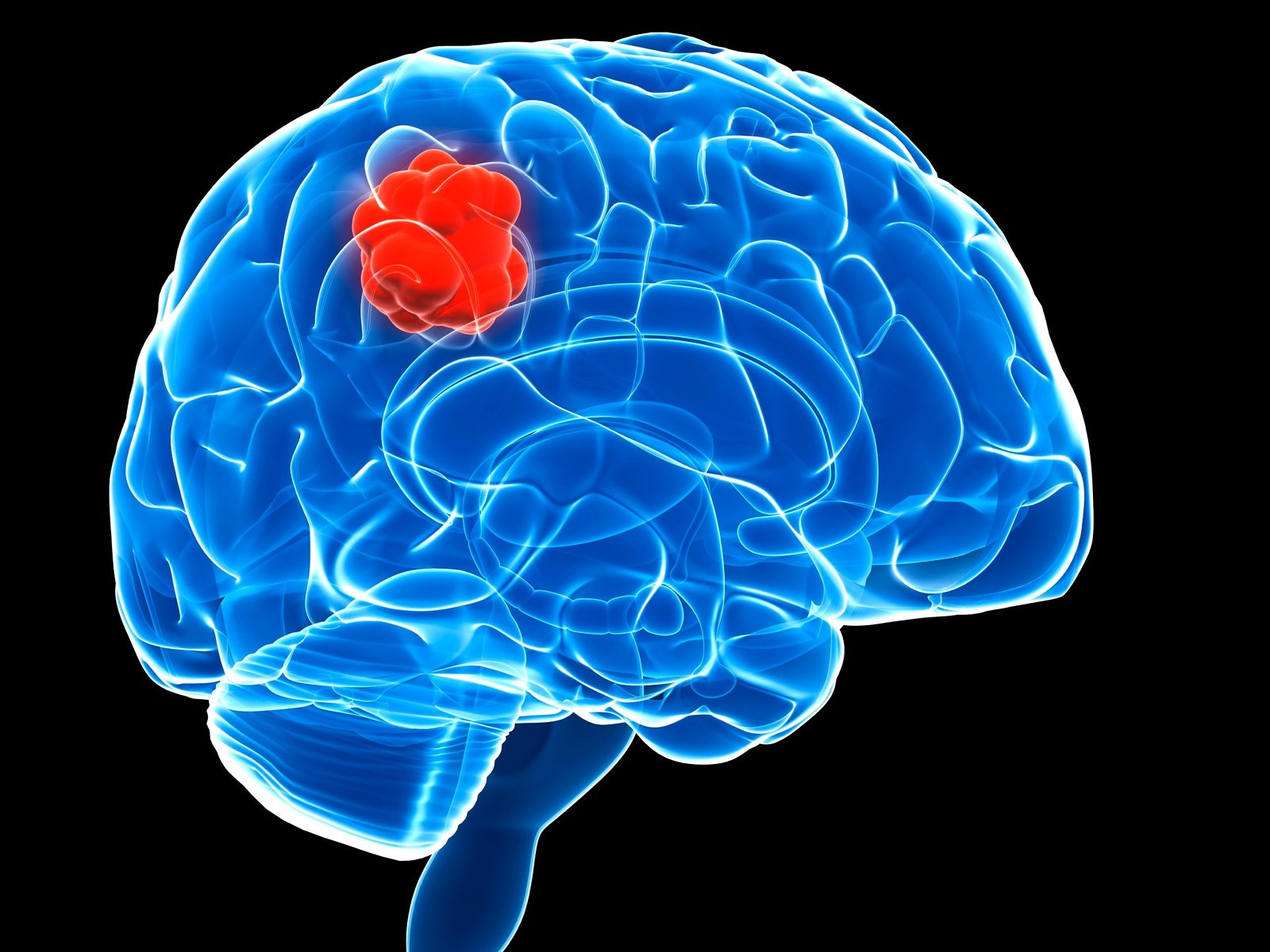Guiding you through Brain Tumor
June 06, 2019 | Thursday | Views | By Dr. NK Venkataramana
Brain tumors can occur at different stages of life, though the location and type of tumor can vary.
image credit- mdanderson.org
Brain Tumor is an additional growth that takes place from any of the intravenous structure starting from the bones, meningis, brain parenchyma, blood vessels of the brain and also metastatic tumor from other malignancy of the body. These brain tumors can occur at different stages of life, though the location and type of tumor can vary. Among the brain tumors some of them are benign, slow growing and total removal will ensure the cure. The other category belongs to benign tumors recurring slowly hence they can be called locally malignant tumor. The third category is the malignant tumor of the brain that constitutes the major portion of the clinical part.
Some of these tumors have predilections for the female gender. The symptoms primarily depend on the location, biological behaviour, nature of the tumor and surrounding effects of the brain. The symptoms can be classified as General symptoms; those related to the intracranial pressure, the pressure effect on the neural surrounding and symptoms related to nature of the tumor. The general symptoms can be vague heaviness of the head, dizziness, lack of concentration, lack of interest and local pain. As the tumor grows to a reasonable size it tends to occupy the intracranial space which is meant for the brain and the blood flowing through the vessels. This addition of extra volume increases the pressure within the head leading to headache, vomiting, blurring of vision, double vision and progressive loss of vision. The headache is classically increasing in nature and not responding to the usual treatment associated with vomiting and vomiting release the headache with or without visual symptoms. The severity and frequency of headache keeps increasing. The rest of the symptoms are due to pressure on the surrounding neural structures. Depending upon the location these tumors can cause seizures (convulsions), visual neural disturbances, rapid onset of memory loss, imbalance, weakness of hand or leg and speech difficulty.
If the tumor is in the cerebellum area or small brain, the predominant symptoms are change in the handwriting, shaking of the hands, clumsiness of the hand, imbalance, difficult in walking and frequent falls. In slow growing tumors as well as tumors in certain location of the brain can grow very slowly to enormous size before they are really detected.
Any seizures or convulsions occurring for the first time in life or any headache which is increasing and not responding to treatment or headache with any of the above mentioned symptoms should raise suspicion of a possible brain tumor. They should consult the neurosurgeons at the earliest and diagnosis can be easily confirmed by an MRI scan of the brain. Depending upon the tissue the tumor arises from, the tumors are classified as skull tumor (from the skull bone), meningiomas ( from the meninges), glioma (from the brain), hemangioendotheliomas (from the blood vessel), medulloblastoma (from the cerebellum), craniopharyngioma (from the pituitary stock), pituitary adenomas (from the pituitary gland) and schwannoma (from the cranial nerves).
The diagnosis is done by the symptoms, neurological examination and an MRI scan. The newer MRI scan can not only diagnose the tumor but also provide a lot of details like the size, shape, possible type and probable pathology including the effect on the surrounding brain and the structures involved. Once the diagnosis is established, surgery is the best option for all the brain tumors. The surgical techniques and approaches can be suitably modified based on the location and size of the tumor. Benign tumor can be removed completely with the current technology which can be a cure for a number of tumors. The local recurrences can be handled by the key surgeries when needed. The newer advancements in technology facilitates neurosurgeons to achieve gross total removal of parenchymal tumor also.
The final diagnosis will be obtained by the histopathology and immuno histochemistry. Based on the biological and molecular facts the adjuvant therapies like radiotherapy or chemotherapy can be planned for the malignant ones. All these tumors require a very close follow up for a considerable period of time.
Dr. NK Venkataramana, Founder Chairman & Chief Neurosurgeon, Brains Hospital, Bangalore










